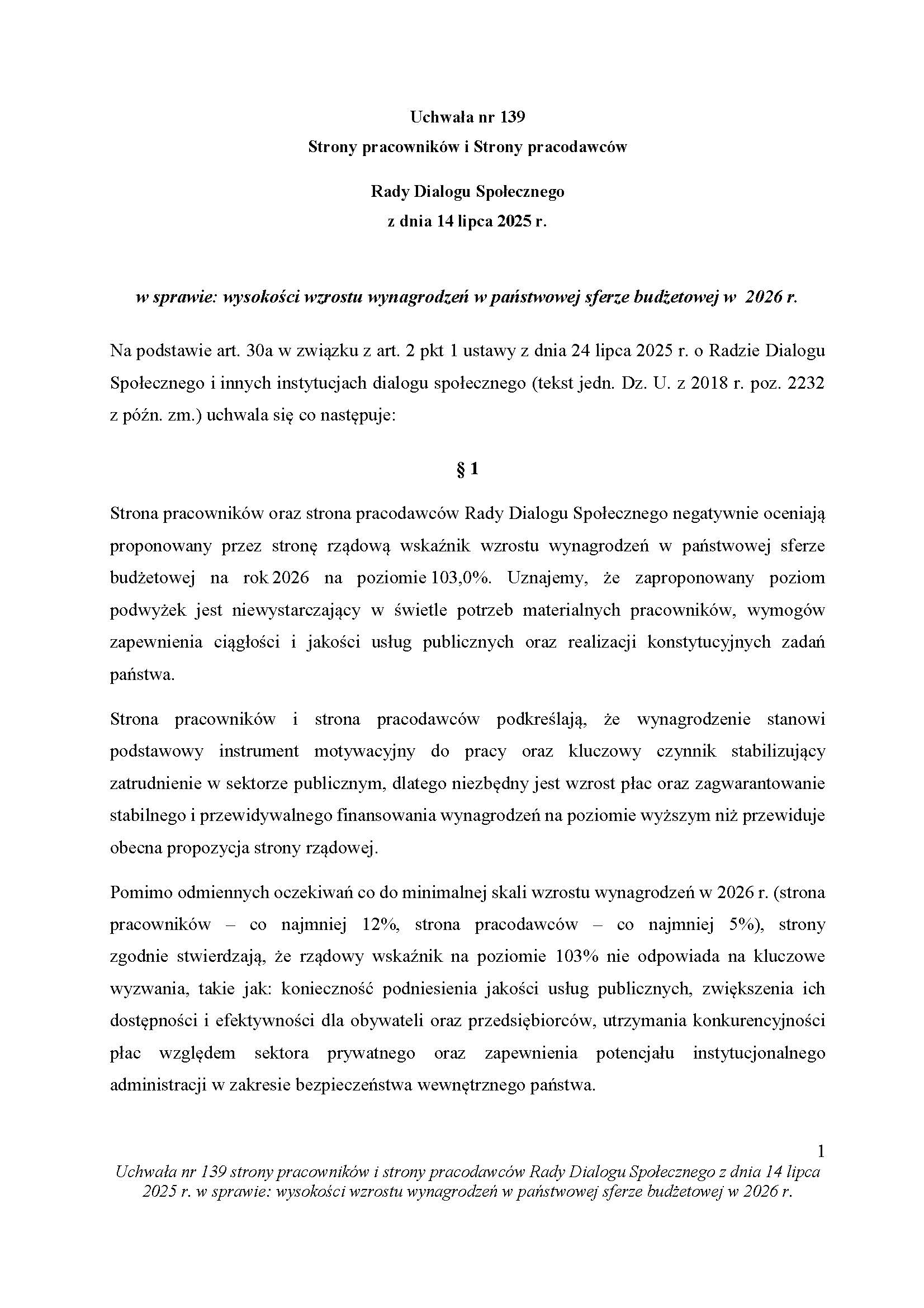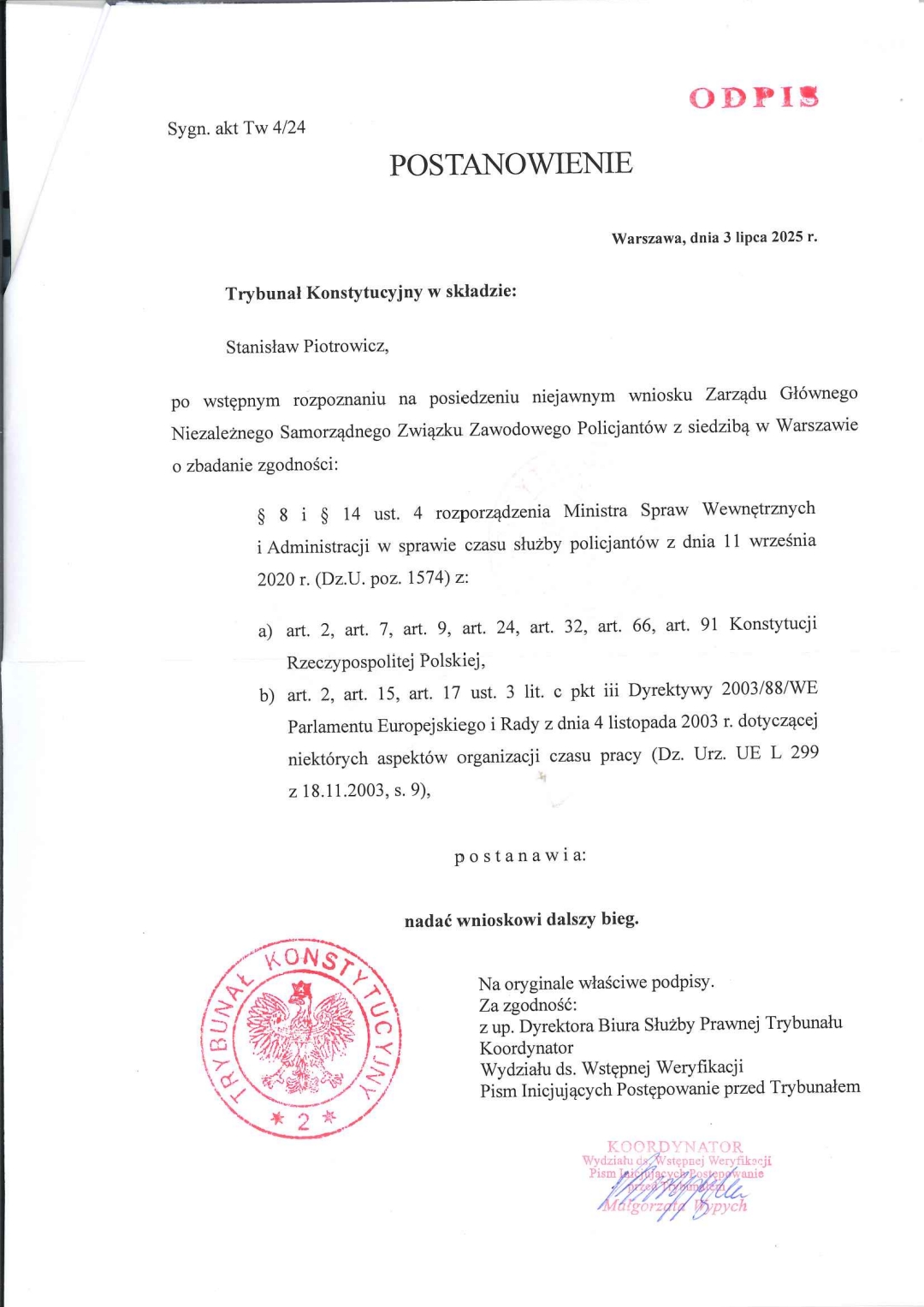
FDA Mandates Major Labeling Changes On Opioid Pain Medication
The Food and Drug Administration is requiring pharma companies selling opioid pain medications to “better emphasize and explain the risks associated with their long-term use” on medication labels, the Department of Health and Human Services (HHS) said in a July 31 statement.
“These changes follow a public advisory committee meeting in May that reviewed data showing serious risks—such as misuse, addiction, and both fatal and non-fatal overdoses—for patients who use opioids over long periods,” the department said.
Drug labels must now show clearer risk information, describing a summary of study results showing estimated risks of addiction, overdose, and misuse of the medication over the long term.
The labels must have stronger dosage warnings that higher doses come with greater risks to users and that such risks remain over time.
Pharma companies are required to remove any language on the labels that could be misinterpreted as being supportive of long-term opioid use.
For users physically dependent on opioids, the labels must emphasize not to abruptly stop their usage, warning that such a move can cause serious harm
“Labels will reinforce that long-acting or extended-release opioids should only be considered when other treatments, including shorter-acting opioids, are inadequate,” HHS said.
The companies must also warn about drug interactions, effects on digestive health, and new risks associated with overdosing, such as toxic leukoencephalopathy—a serious brain condition that could occur following an overdose.
“I know firsthand how devastating addiction is—not just for individuals, but for entire families and communities,” Health Secretary Robert F. Kennedy Jr said.
“Today’s FDA action is a long-overdue step toward restoring honesty, accountability, and transparency to a system that betrayed the American people.”

As Naveen Athrappully reports for The Epoch Times, HHS gave the example of OxyContin, an opioid whose initial drug application was approved without proper data supporting the medication’s long-term use among people to treat pain, it said.
OxyContin is a brand name for oxycodone, an opioid used to manage moderate to severe pain, according to data from the DrugBank, an online medication database. It is also sold under brand names Endocet, Targin, Roxybond, Roxicodone, Xolox, and Nalocet.
According to HHS, two large FDA observational studies recently provided new data on the serious side effects that can result from long-term opioid use. This information will be reflected in the updated labeling for OxyContin and other opioids.
One of the studies was discussed during the FDA’s May public advisory committee meeting, according to a May 5 briefing document.
The study looked at 1,212 patients who suffered from arthritis, neck pain, back pain, and neuropathy. Participants were taking extended-release/long-acting opioids or immediate-release/short-acting opioids. Oxycodone was one of the most commonly used opioids.
According to the study, “the overall prevalence of past-three-month opioid misuse was 14.6 percent, past-three-month opioid abuse was 6.0 percent,” said the document.
In addition, 2.7 percent of the study population were found to have past-year moderate-to-severe pain-adjusted opioid use disorder, it said.
After reviewing results from the two FDA observational studies as well as “public comments, medical research, and recognizing the absence of adequate and well-controlled studies on long-term opioid effectiveness, the FDA decided to require safety labeling changes,” HHS said.
Tackling the Opioid Crisis
According to HHS, the FDA has sent letters to pharma companies outlining the new label changes. The companies must submit their labeling updates for review by the FDA within 30 days.
“The death of almost one million Americans during the opioid epidemic has been one of the cardinal failures of the public health establishment,” FDA Commissioner Marty Makary said.
“This long-overdue labeling change is only part of what needs to be done—we also need to modernize our approval processes and post-market monitoring so that nothing like this ever happens again.”
In a June 9 post, the Centers for Disease Control and Prevention said roughly 806,000 people died from an opioid overdose between 1999 and 2023, including from illegal opioids.
Since 2013, there has been a “substantial” increase in overdose deaths involving synthetic opioids, specifically illegally made fentanyl and fentanyl analogs, it said.
Tyler Durden
Sat, 08/02/2025 – 16:55

















